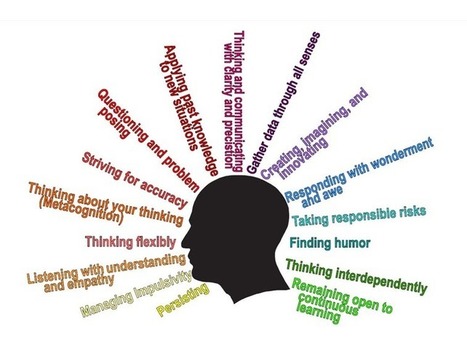My classmates and I are in the Design for Social Innovation program because we identified problems in our communities, companies, or cultures and are keen to figure them out. But before talking about any solution or outcome, one must first frame the problem—by thoughtfully examining the system it’s part of to understand where and how to get involved.
Learning to use systems thinking, a holistic approach to problem solving that emphasizes contextual understanding, has helped me with team management, project planning, creative work, and even relationships. And for wicked problems like healthcare that confront business, nature, and society, it’s proving to be imperative.So, where to even begin? “We have to invent boundaries for clarity and sanity,” advises systems thinking pioneer Donella Meadows. Sometimes a simple infographic works to tell the story. Designing visual maps and models helps us immediately find connections and describe relationships. Creating models helps in seeing the big picture and one's place within it.
Via
Lauren Moss



 Your new post is loading...
Your new post is loading...











The Habits of Mind come into play when you think about how to solve problems. They are not performed in isolation. When a problem arises you are drawn to the skills necessary to solve it. As teachers we may choose to use the Habits of Mind as we consider skills we want our students to learn and to use in the classroom. For more information on the habits (with a more thoughtful discussion on each of them) check out Chapter 2 of the book "Learning and Leading with the Habits of Mind" available on the ASCD website at http://www.ascd.org/publications/books/108008/chapters/describing-the-habits-of-mind.aspx.
Great poster.
Habitos mentales para el aprendizaje basado en problemas. cuando no conocemos la solucion ¿cuales son los habitos que nos hacen alcanzar el exito en la tarea?